
Southwestern Chile Production
Chile (Capsicum annuum) production is an important aspect of vegetable crop production systems in the desert Southwest. In many respects, chiles are a trademark feature of crop production in the desert Southwest. The Southwestern (SW) Chile Belt extends from southeast Arizona, across southern New Mexico, into far-west Texas, and northern Chihuahua, Mexico. The SW Chile Belt is dominated by production of New Mexico-type chile, also commonly referred to as “Hatch chile” and sometimes referred to as “Anaheim” type chile.
Recent acreages across the SW Chile Belt have consisted of approximately 7-8,000 acres in NM, 3-4,000 in TX, approximately 90,000 acres in Chihuahua, and about 300-500 acres in Arizona. Chiles are often associated with New Mexico, but Arizona also has a strong connection to this chile industry. For example, the Curry Chile Seed Company, based in Pearce, AZ, provides the seed for >90% of the total green chile acreage across the SW Chile Belt.
Chile peppers (Capsicum species) are among the first crops domesticated in the Western Hemisphere about 10,000 BCE (Perry et al., 2007). The Capsicum genus became important to people and as result, five different Capsicum species that were independently domesticated in various regions of the Americas (Bosland &Votava, 2012). Early domestication of chile peppers by indigenous peoples was commonly driven for use as medicinal plants. Due to their flavor and heat characteristics, chile peppers are a populate food ingredient in many parts of the world, including Latin America, Africa, and Asia cuisines. Chiles have been increasingly important to the U.S. and European food industries, particularly as these populations become more familiar with chile (Guzman and Bosland, 2017).
There are five domesticated species of chile peppers. 1) Capsicum annuum is probably the most common to us and it includes many common varieties such as bell peppers, wax, cayenne, jalapeños, Thai peppers, chiltepin, and all forms of New Mexico chile. 2) Capsicum frutescens includes malagueta, tabasco, piri piri, and Malawian Kambuzi. 3)Capsicum chinense includes what many consider the hottest peppers such as the naga, habanero, Datil, and Scotch bonnet. 4) Capsicum pubescens includes the South American rocoto peppers. 5) Capsicum baccatum includes the South American aji peppers.
The Capsicum annuum species is the most common group of chiles that we encounter and there are at least 14 very different pod types in this single species that includes: New Mexico (aka Anaheim), bell peppers, cayennes, jalapeños, paprika, serrano, pequin, pimiento, yellow wax, tomato, cherry, cascabel, ancho (mulato, pasilla), and guajillo (Guzman and Bosland, 2017).
Crop Phenology
Plants vary tremendously in their physiological behavior over the course of their life cycles. As plants change physiologically and morphologically through their various stages of growth, water and nutritional requirements will change considerably as well. Efficient management of a crop requires an understanding of the relationship between morphological and physiological changes that are taking place and the input requirements.
Heat units (HUs) can be used as a management tool for more efficient timing of irrigation and nutrient inputs to crop and pest management strategies. Plants will develop over a range of temperatures which is defined by the lower and upper temperature thresholds for growth (Figure 1). Heat unit systems consider the elapsed time that local temperatures fall within the set upper and lower temperature thresholds and thereby provide an estimate of the expected rate of development for the crop. Heat unit systems have largely replaced days after planting in crop phenology models because they take into account day-to-day fluctuations in temperature. Phenology models describe how crop growth and development are impacted by weather and climate and provide an effective way to standardize crop growth and development among different years and across many locations (Baskerville and Emin, 1969; Brown, 1989).
The use of HU-based phenology models are particularly important and applicable in irrigated crop production systems where water is a non-limiting factor. Water stress will alter phenological plant development and it is a major source of variation in crop development models. Accordingly, irrigated systems are more consistent in crop development patterns and HU models can be much more consistent and reliable.
Chiles are a warm season, perennial plant with an indeterminant growth habit that we grow and manage as an annual crop. The fruiting cycle begins at the crown stage of growth and continues until the plant reaches a point of “cut-out” with hiatus in blooming as the plant works to mature the chile fruit crop that has been developed.
The first step in developing a phenological guideline for chiles would be to look for critical stages of growth in relation to HU accumulation. Figure 2 describes the basic phenological baseline for New Mexico – type chile and was developed from field studies conducted in New Mexico and Arizona (Silvertooth et al., 2010 and 2011; Soto et al., 2006; and Soto and Silvertooth, 2007).
Water and nutrient demands coincide with the fruiting cycle and efficient management of irrigation water and plant nutrients is enhanced by tracking crop development in the field. The use of HUs (86/55 oF thresholds) can be applied since the thermal environment impacts the development of all crop systems, including chiles, (Figures 2 and 3).
Use of HUs to predict chile development is generally superior to using days after planting due to the simple fact that the crop responds to environmental conditions and not calendar days. This approach, using phenological timelines or baselines, works best for irrigated conditions where crop vigor and environmental growth conditions are more consistent than in non-irrigated or dryland situations where irregularity in year-to-year rainfall patterns can alter growth and development patterns significantly. Accordingly, water stress in an irrigation system will alter phenological plant development and usually accelerate crop maturity and create an earlier crop and increase fruit abortion or cause smaller fruit development.
Crop Phenology Relationship to Nutrient and Water Demand
Phenological guidelines can be used to identify or predict important stages of crop development that impact physiological requirements. For example, a phenological guideline can help identify stages of growth in relation to crop water use (consumptive use) and nutrient uptake patterns. This information allows growers to improve the timing of water and nutrient inputs to improve production efficiency. For some crops or production situations HU based phenological guidelines can be used to project critical dates such as harvest or crop termination. Many other applications related to crop management (e.g., pest management) can be derived from a better understanding of crop growth and development patterns.
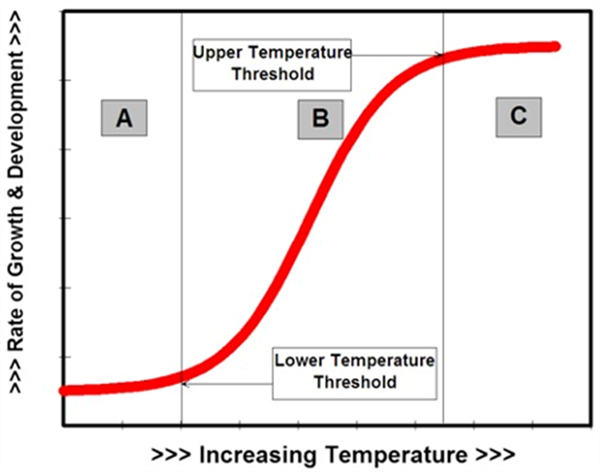
Figure 1. Typical relationship between the rate of plant growth and development and temperature. Growth and development ceases when temperatures decline below the lower temperature threshold (A) or increase above the upper temperature threshold (C). Growth and development increases rapidly when temperatures fall between the lower and upper temperature thresholds (B).
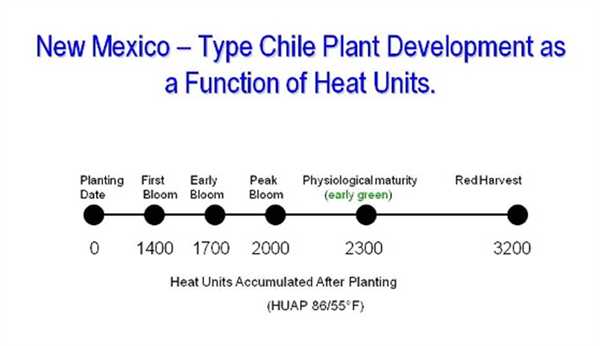
Figure 2. Basic phenological guideline for irrigated New Mexico-type chiles.
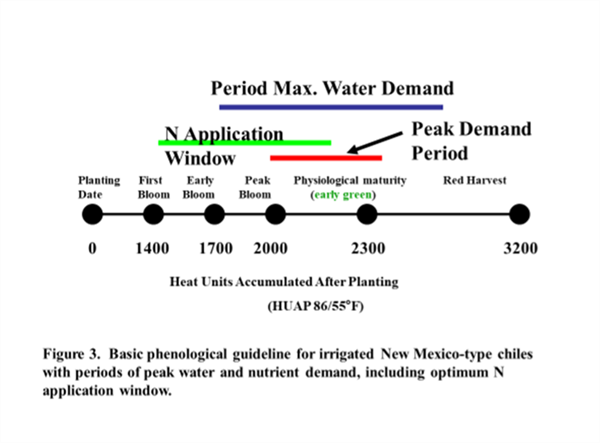
References
Baskerville, G.L. and P. Emin. 1969. Rapid estimation of heat accumulation from maximum and minimum temperatures. Ecology 50:514-517.
Bosland, P.W., E.J. Votava, and E.M. Votava. 2012. Peppers: Vegetable and spice capsicums. Wallingford, U.K.: CAB Intl.
Brown, P. W. 1989. Heat units. Bull. 8915, Univ. of Arizona Cooperative Extension, College of Ag., Tucson, AZ.
Guzmán, I. and P.W. Bosland. 2017. Sensory properties of chile pepper heat - and its importance to food quality and cultural preference. Appetite, 2017 Oct 1;117:186-190. doi: 10.1016/j.appet.2017.06.026.
Perry, L., Dickau, R., Zarrillo, S., Holst, I., Pearsall, D. M., Piperno, D. R., et al. 2007. Starch fossils and the domestication and dispersal of chili peppers (Capsicum spp. L.) in the Americas. Science, 315, 986-988.
Silvertooth, J.C., P.W. Brown, and S. Walker. 2010. Crop Growth and Development for Irrigated Chile (Capsicum annuum). University of Arizona Cooperative Extension Bulletin No. AZ 1529
Silvertooth, J.C., P.W. Brown and S.Walker. 2011. Crop Growth and Development for Irrigated Chile (Capsicum annuum). New Mexico Chile Association, Report 32. New Mexico State University, College of Agriculture, Consumer and Environmental Science.
Soto-Ortiz, Roberto, J.C. Silvertooth, and A. Galadima. 2006. Crop Phenology for Irrigated Chiles (Capsicum annuum L.) in Arizona and New Mexico. Vegetable Report, College of Agriculture and Life Sciences Report Series P-144, November, University of Arizona.
Soto-Ortiz, R. and J.C. Silvertooth. 2007. A Crop Phenology Model for Irrigated New Mexico Chile (Capsicum annuum L.) The 2007 Vegetable Report. Jan 08:104-122.
Hi, I’m Chris, and I’m thrilled to be stepping into the role of extension associate for plant pathology through The University of Arizona Cooperative Extension in Yuma County. I recently earned my Ph.D. in plant pathology from Purdue University in Indiana where my research focused on soybean seedling disease caused by Fusarium and Pythium. There, I discovered and characterized some of the first genetic resources available for improving innate host resistance and genetic control to two major pathogens causing this disease in soybean across the Midwest.
I was originally born and raised in Phoenix, so coming back to Arizona and getting the chance to apply my education while helping the community I was shaped by is a dream come true. I have a passion for plant disease research, especially when it comes to exploring how plant-pathogen interactions and genetics can be used to develop practical, empirically based disease control strategies. Let’s face it, fungicide resistance continues to emerge, yesterday’s resistant varieties grow more vulnerable every season, and the battle against plant pathogens in our fields is ongoing. But I firmly believe that when the enemy evolves, so can we.
To that end I am proud to be establishing my research program in Yuma where I will remain dedicated to improving the agricultural community’s disease management options and tackling crop health challenges. I am based out of the Yuma Agricultural Center and will continue to run the plant health diagnostic clinic located there.
Please drop off or send disease samples for diagnosis to:
Yuma Plant Health Clinic
6425 W 8th Street
Yuma, AZ 85364
If you are shipping samples, please remember to include the USDA APHIS permit for moving plant samples.
You can contact me at:
Email: cdetranaltes@arizona.edu
Cell: 602-689-7328
Office: 928-782-5879
Over the last couple of years, we have been investigating the use of band-steam to control weeds and soilborne pathogens. The technique has been discussed in previous mechanization UA Veg IPM articles (link). Briefly, the concept behind band-steam is to disinfest narrow bands of soil centered on the seedline using high temperature steam prior to planting. After the soil cools (<1 day), the crop is planted into the disinfested band (Fig. 1). Weed emergence and disease inoculum is reduced in the seedline. Weeds outside the seedline can be easily removed through cultivation.
Trials results have been impressive, particularly for in-row weed control (Fig. 2). We’ll be demonstrating our 2ndgeneration prototype band-steam applicator and sharing study results at the 2023 Southwest Ag Summit Field Demo, February 22nd (Fig. 3) We’ll also discuss and like to get your input on a new project – development and evaluation of a commercial scale band-steam applicator. The goal of the project is to build a self-propelled steam applicator and evaluate the viability of band steaming at the commercial field scale level. We’re in the preliminary design process now; a concept sketch is shown in Fig. 4. We’d love to get your input/feedback at this stage of the process. Please feel free to reach out to me anytime.
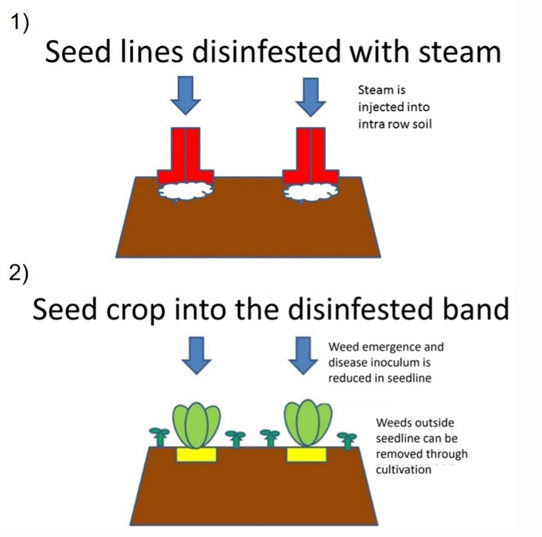
Fig. 1. Treatment sequence: 1) steam is injected into soil where seedline will be
located, then 2) later the crop is planted in the steamed seedline.
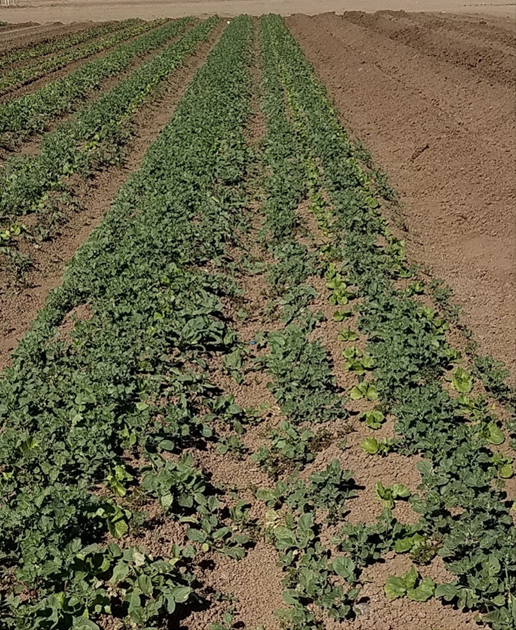
Fig. 2. Weed control in lettuce seedlines of beds treated with band-steam (right)
and untreated (left).
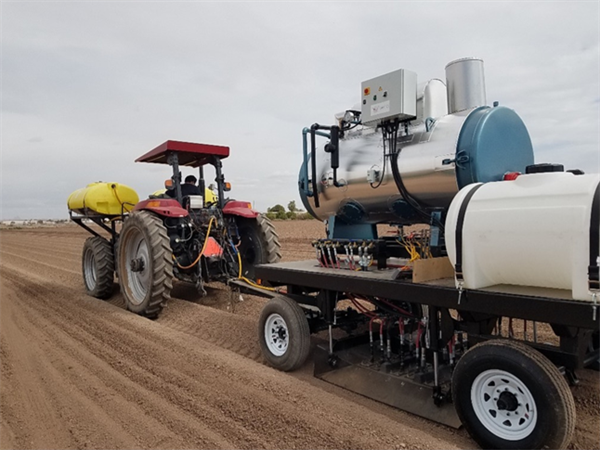
Fig. 3. 2nd generation band steam applicator to be demoed at the 2023 Southwest
Ag Summit Field Demo held February 22rd, 2023 in Yuma, AZ
(https://yumafreshveg.com/southwest-ag-summit/).
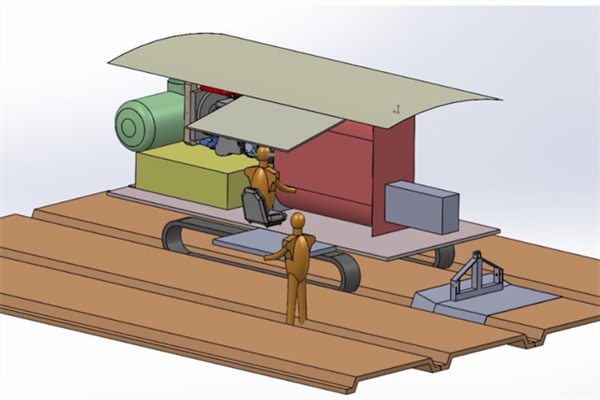
Fig. 4. Concept drawing of a proposed commercial style steam applicator. The
unit has a propane fueled engine and steam generator. The steam injection occurs
at the back of the machine. Water is carried in tanks below the engine, and rubber
tracks are proposed to disperse the weight and avoid soil compaction.
We published this booklet last July. Please let us know what you think by responding our five questions in the link provided below, email marcop@ag.arizona.edu and let us know if you like to receive a free of the booklet!
The method for identification presented is not by using a dichotomous key or answering complicated questions about the species. The idea is to leaf through the booklet and find images that match plants you see in the field. If there are unusual characteristics, we note them in our comments for each weed. Here is a link to the guide in PDF format: HERE
This time of year, John would often highlight Lepidopteran pests in the field and remind us of the importance of rotating insecticide modes of action. With worm pressure present in local crops, it’s a good time to revisit resistance management practices and ensure we’re protecting the effectiveness of these tools for seasons to come. For detailed guidelines, see Insecticide Resistance Management for Beet Armyworm, Cabbage Looper, and Diamondback Moth in Desert Produce Crops .
VegIPM Update Vol. 16, Num. 20
Oct. 1, 2025
Results of pheromone and sticky trap catches below!!
Corn earworm: CEW moth counts declined across all traps from last collection; average for this time of year.
Beet armyworm: BAW moth increased over the last two weeks; below average for this early produce season.
Cabbage looper: Cabbage looper counts increased in the last two collections; below average for mid-late September.
Diamondback moth: a few DBM moths were caught in the traps; consistent with previous years.
Whitefly: Adult movement decreased in most locations over the last two weeks, about average for this time of year.
Thrips: Thrips adult activity increased over the last two collections, typical for late September.
Aphids: Aphid movement absent so far; anticipate activity to pick up when winds begin blowing from N-NW.
Leafminers: Adult activity increased over the last two weeks, about average for this time of year.







